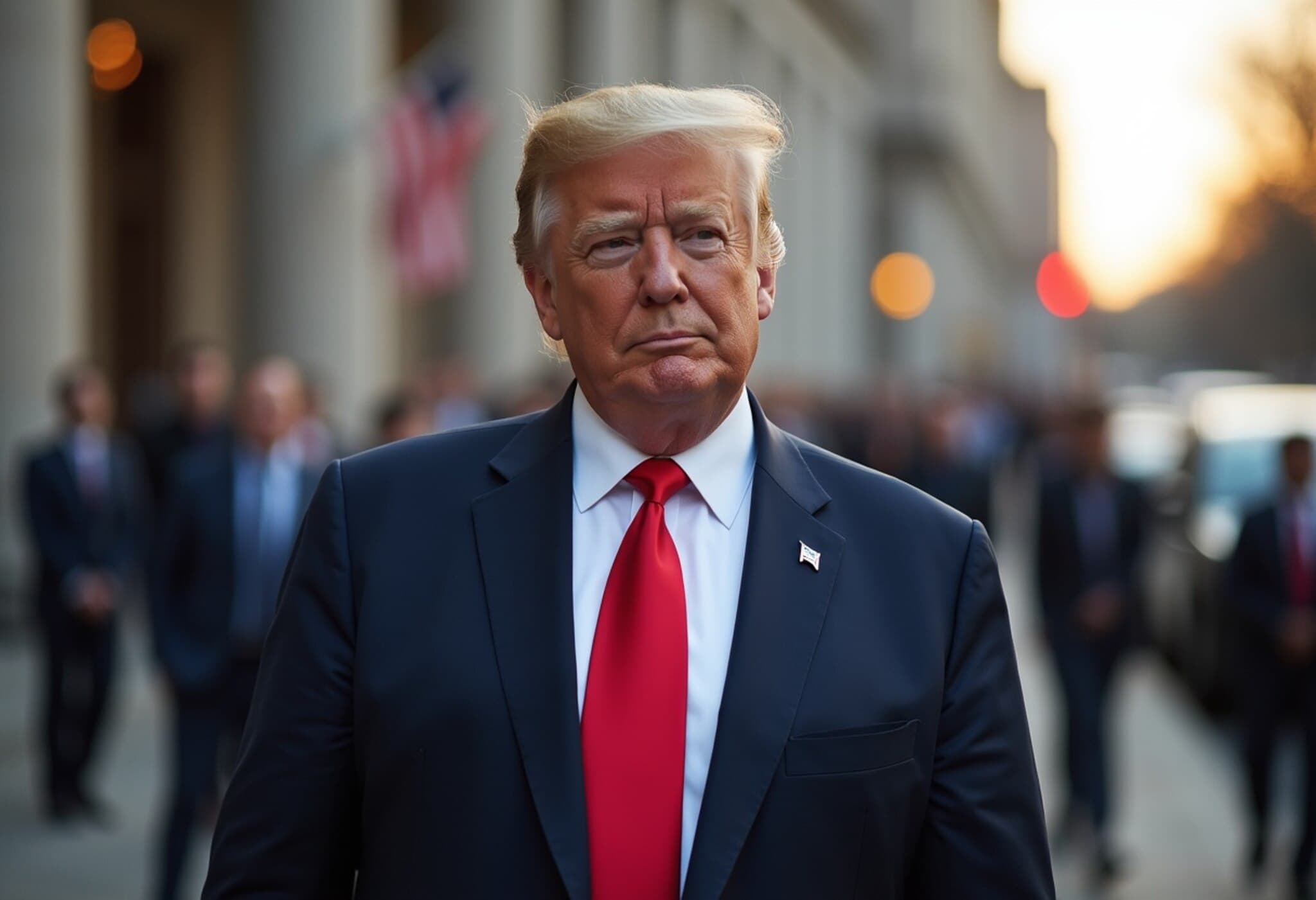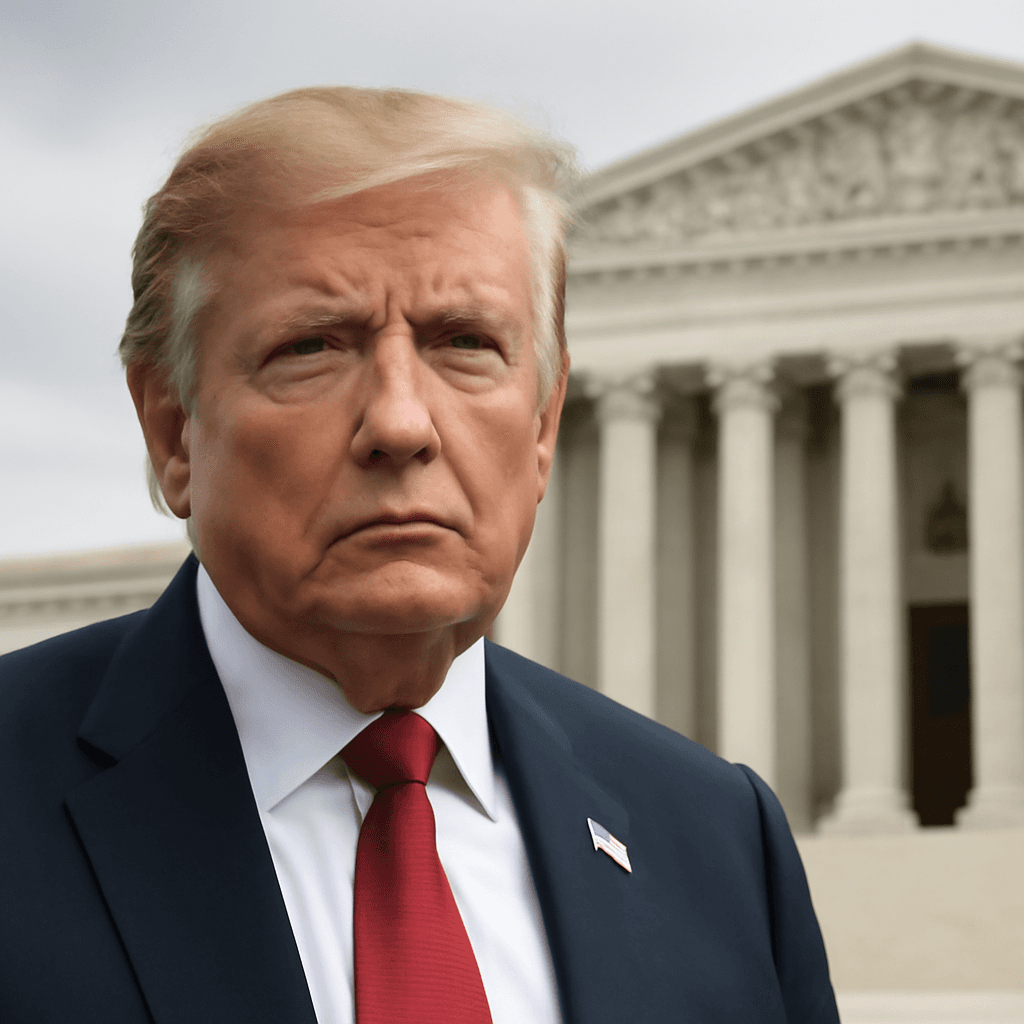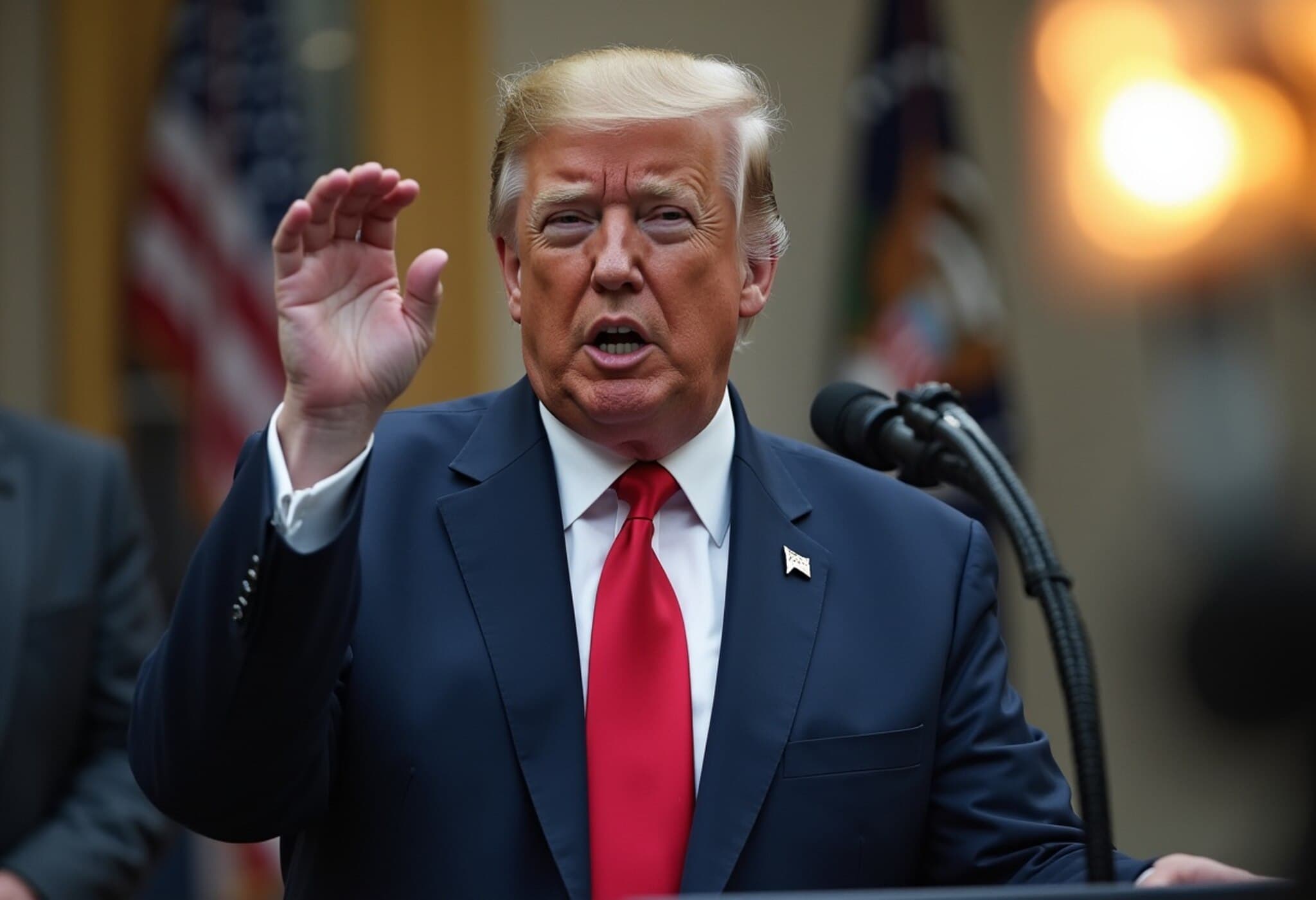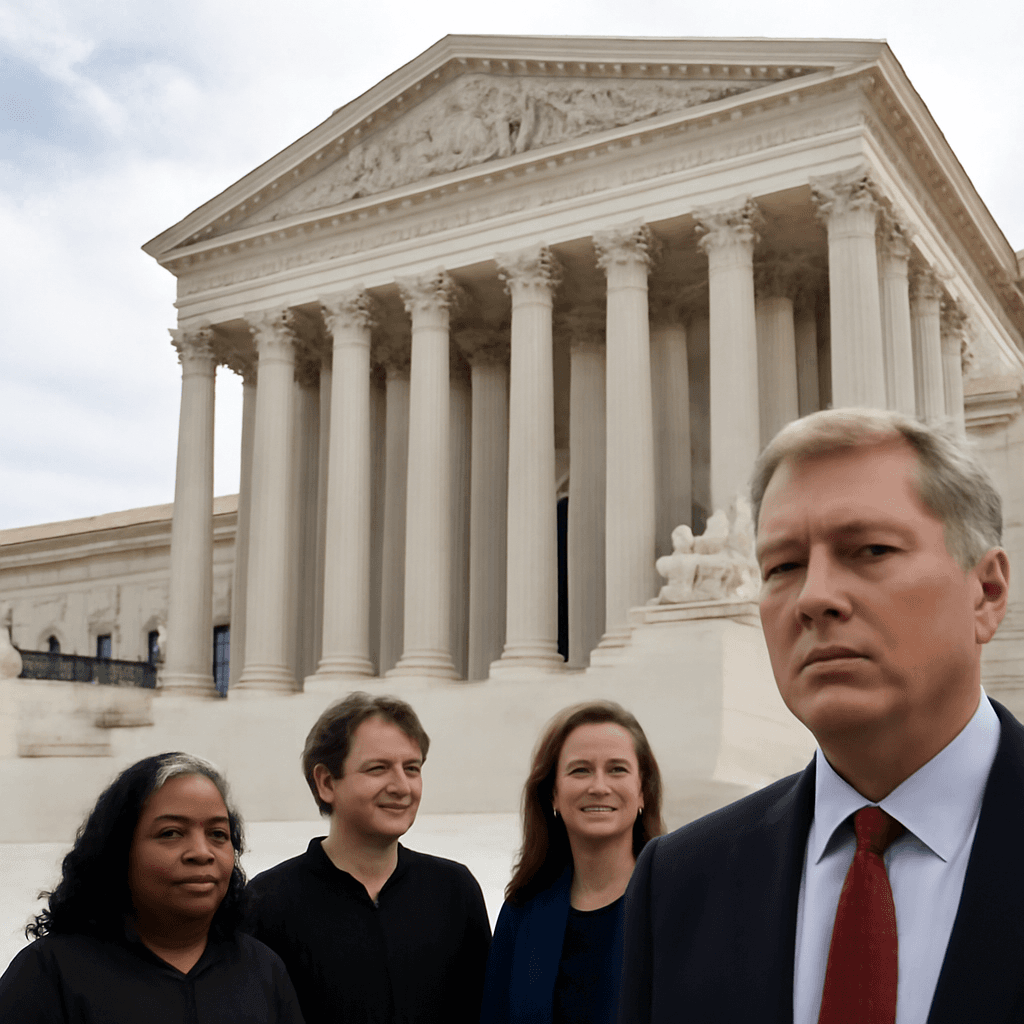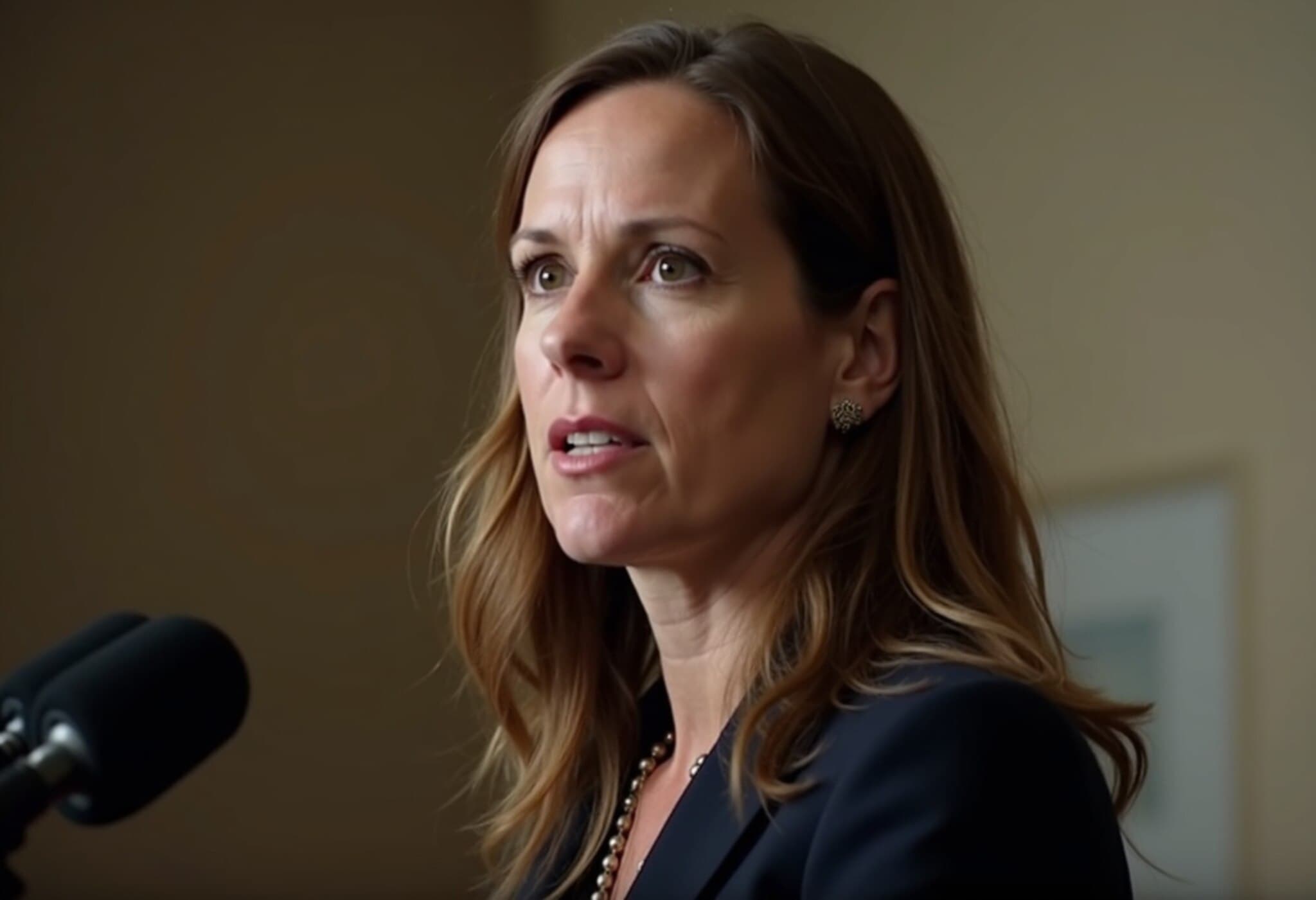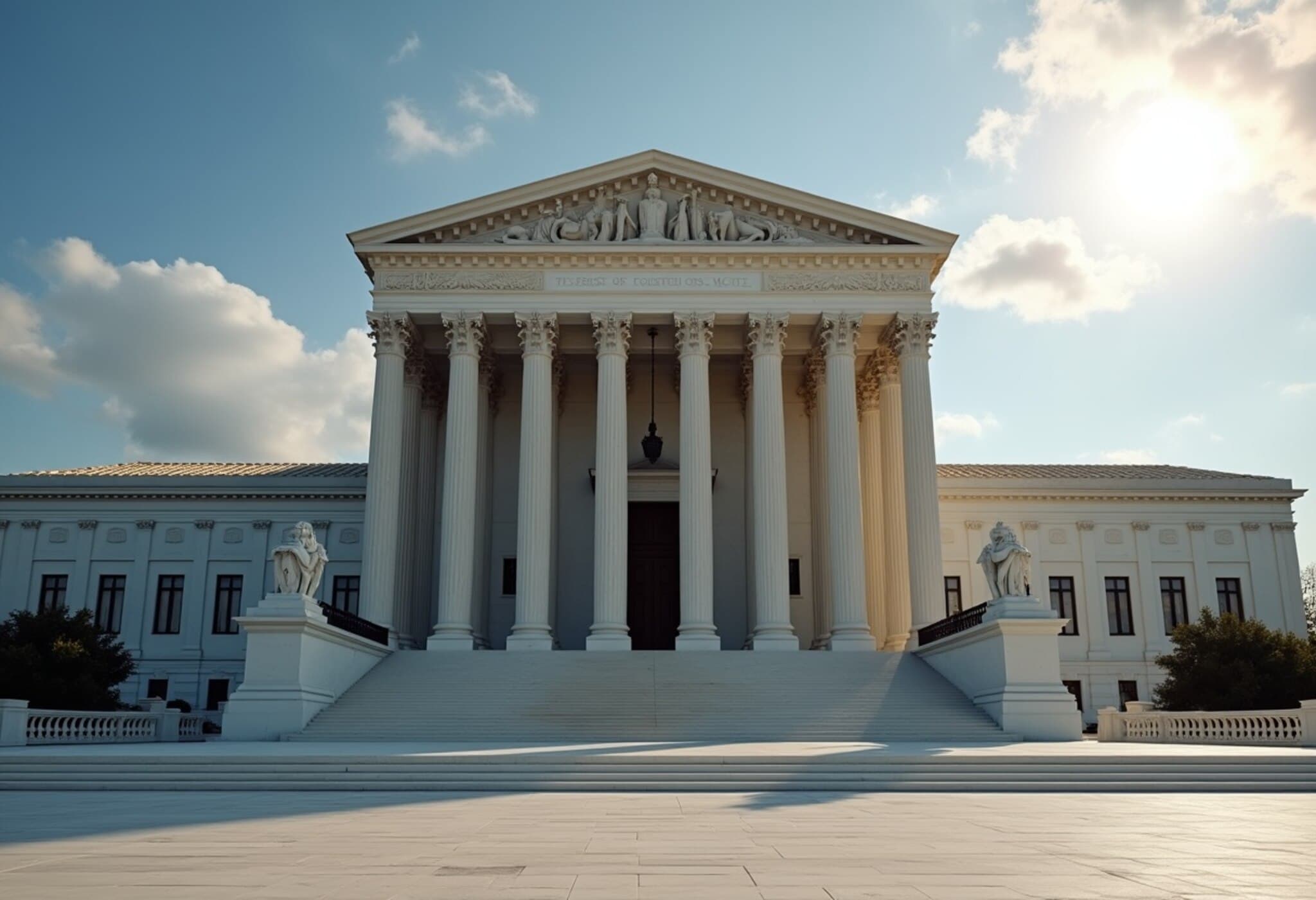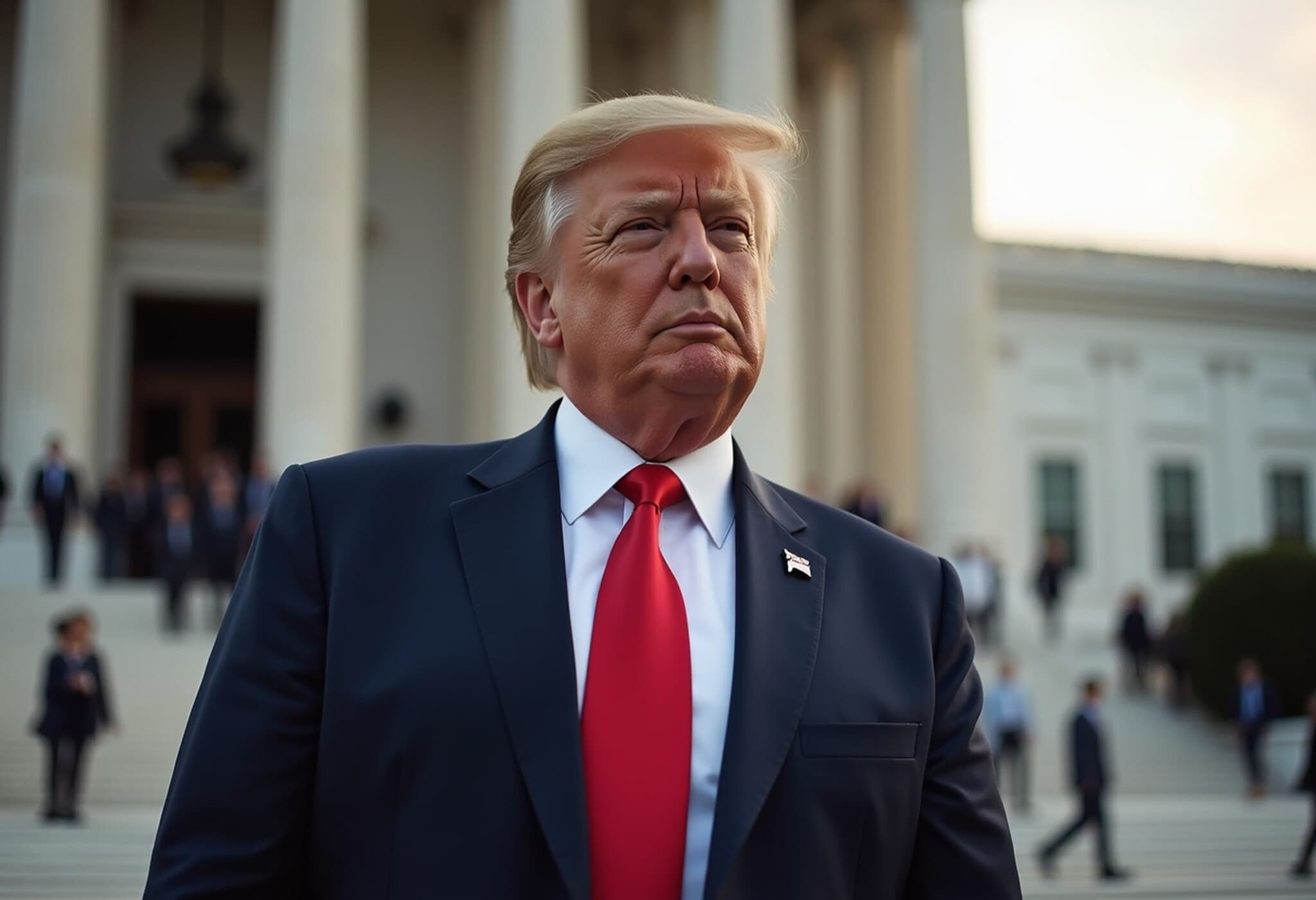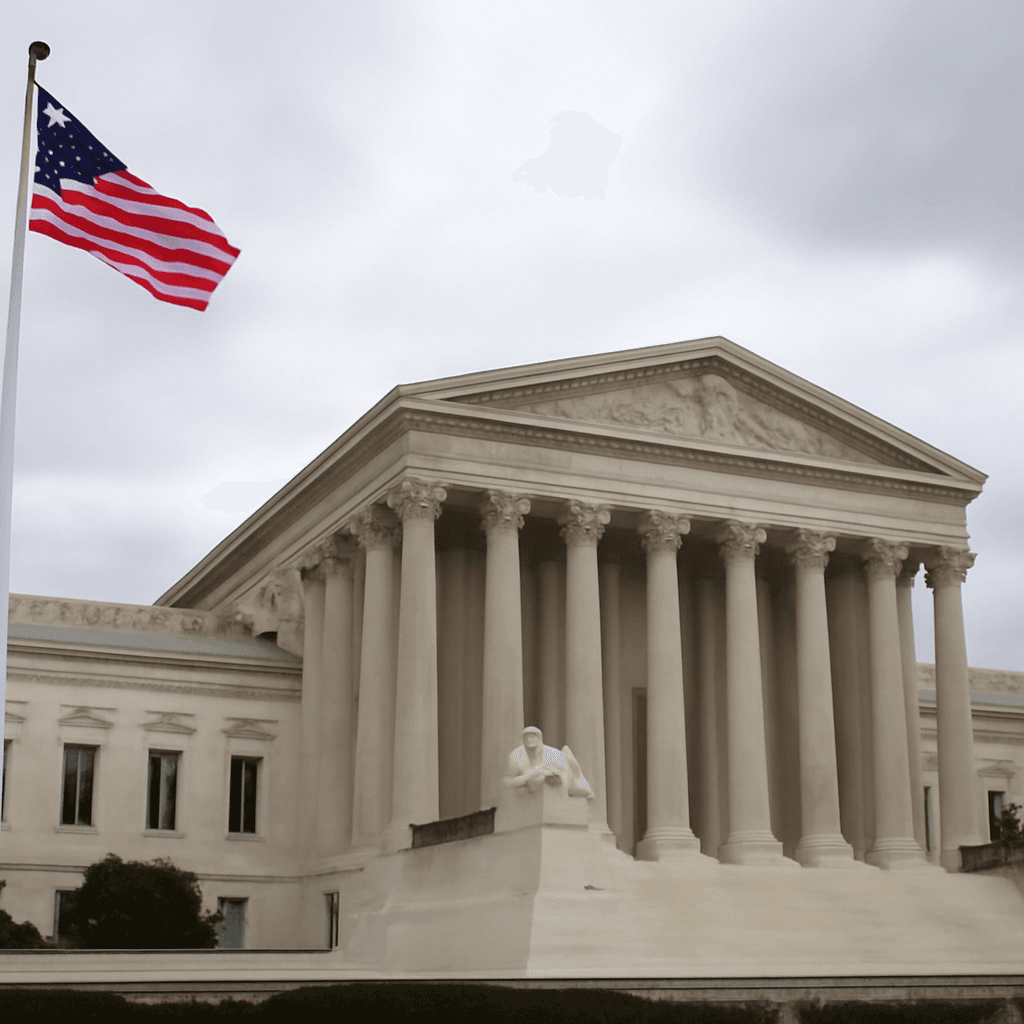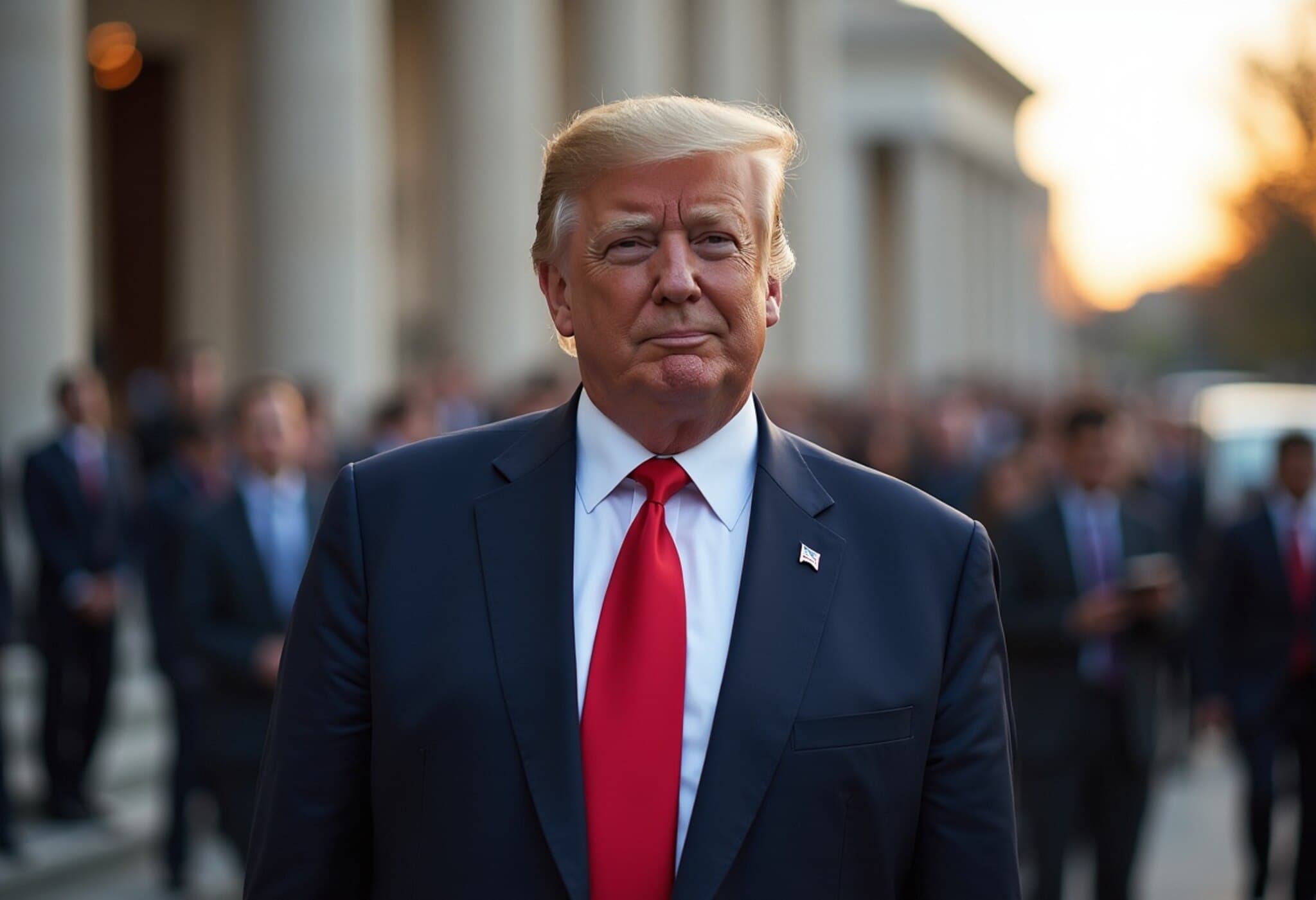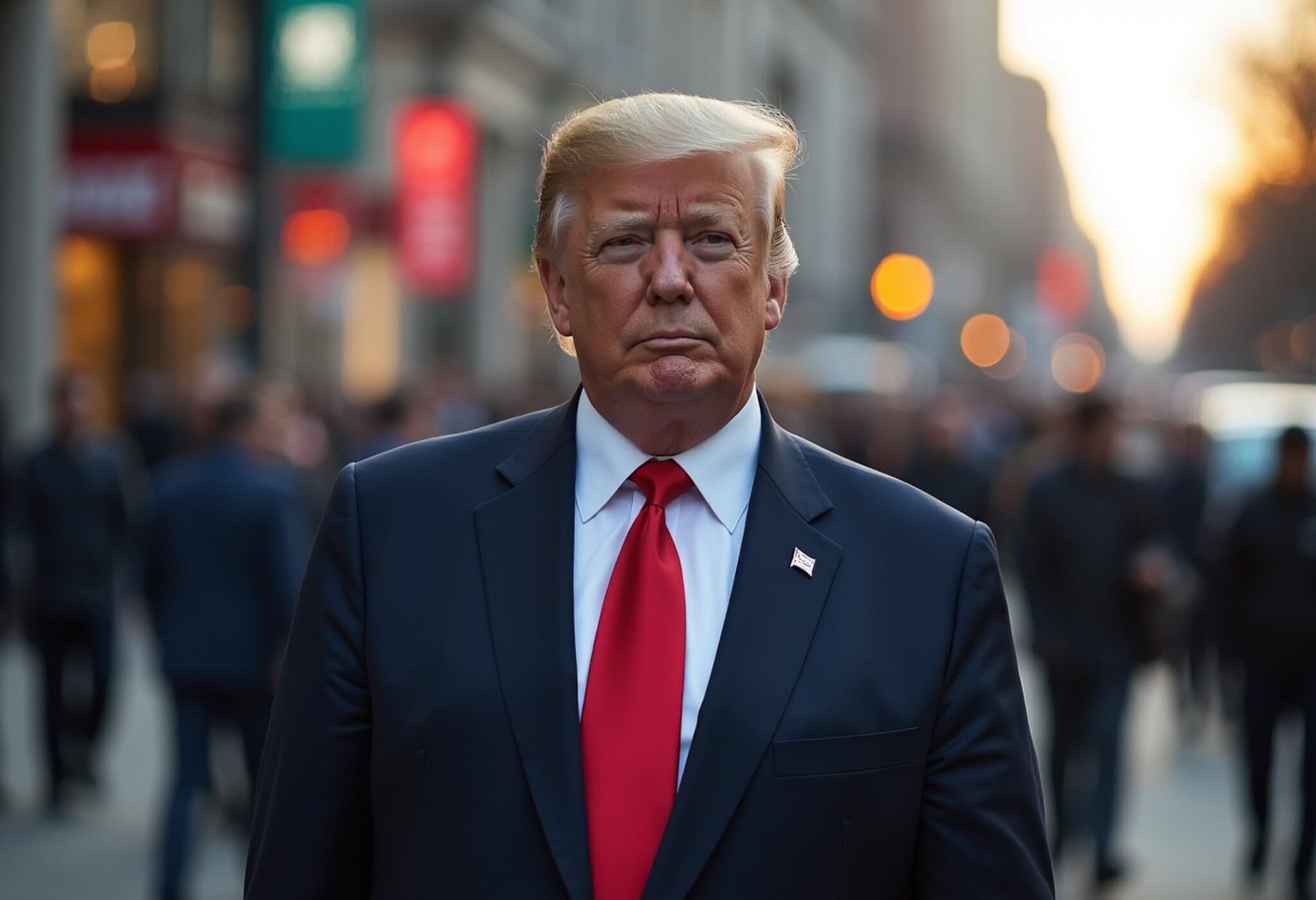Supreme Court Empowers Trump Administration to Proceed with Education Department Layoffs
In a decisive move that fuels President Donald Trump’s longstanding agenda to overhaul the federal Education Department, the U.S. Supreme Court on Monday lifted a lower court injunction, allowing the administration to proceed with laying off approximately 1,400 employees.
Background: A Legal Battle Over the Department's Future
The controversy centers around efforts by the Trump administration to effectively dismantle a significant portion of the Education Department—a hallmark campaign promise. Earlier, U.S. District Judge Myong Joun from Boston had issued a preliminary injunction halting these layoffs. Judge Joun warned that such terminations could "likely cripple the department," emphasizing the potentially severe impact on the agency’s ability to fulfill its legally mandated roles.
However, the federal appeals court declined to stay Judge Joun's injunction pending appeal, leaving the matter hanging until the Supreme Court’s intervention.
Supreme Court’s Narrow Decision and Dissenting Voices
Without providing a full explanation—which is customary in emergency stays—the Supreme Court allowed the Trump administration to resume its plan immediately.
Justices Sonia Sotomayor, Ketanji Brown Jackson, and Elena Kagan issued a sharp dissent. Sotomayor underscored the judiciary’s vital role as a check on executive overreach, cautioning against enabling what she described as "legally questionable" actions:
"When the Executive publicly announces its intent to break the law, and then executes on that promise, it is the Judiciary's duty to check that lawlessness, not expedite it."
Impact on Education Workforce and Services
Since March, affected Education Department employees have been placed on paid administrative leave. The American Federation of Government Employees Local 252, representing many of these workers, noted that although Judge Joun’s injunction prevented their formal termination, the employees had no clearance to resume work.
Following the vacating of the injunction, these employees faced imminent termination starting early June. Uncertainty pervades their futures, with the department reportedly "actively assessing how to reintegrate" them. In an internal communication, the department requested employees to disclose whether they secured alternative employment — purportedly to ease potential returns.
Legal Challenge Highlights Risks to Education Oversight
The Supreme Court’s ruling affects two consolidated lawsuits challenging the layoffs as an unlawful attempt to shutter or gut the Education Department. Plaintiffs include Massachusetts school districts from Somerville and Easthampton, the American Federation of Teachers, and a coalition of 21 Democratic attorneys general.
- The suits argue that cutting the workforce so drastically hinders the department’s capacity to enforce federal education laws, oversee civil rights protections, and fulfill responsibilities Congress has mandated.
- Key functions at risk include ensuring compliance with the Individuals with Disabilities Education Act, safeguarding nondiscriminatory access to education, and managing student loan programs.
This situation raises profound questions about the future of federal education oversight and the legal boundaries of executive action in downsizing government bodies.
Expert Insights: What This Means for Federal Education Policy
Legal and education policy experts warn that the Supreme Court’s decision, while procedural, may set a precedent for shrinking federal agencies without clear Congressional authorization. This not only disrupts agency operations but also risks undermining protections that safeguard millions of students nationwide.
From a broader viewpoint, this case illustrates the tension between political promises to reduce government size and the practical consequences such reductions have on public services and regulatory oversight—especially in critical sectors like education.
Editor’s Note
The Supreme Court’s recent ruling reinvigorates efforts to dismantle the Education Department, spotlighting a clash between executive priorities and judicial checks. While the administration gains momentum, questions linger about the legal limits of such restructuring and the real-world impact on education access and equity. How will Congress respond, and what safeguards remain for affected employees and the public? This unfolding story merits close attention as it unfolds, shaping the federal government’s role in education for years to come.

